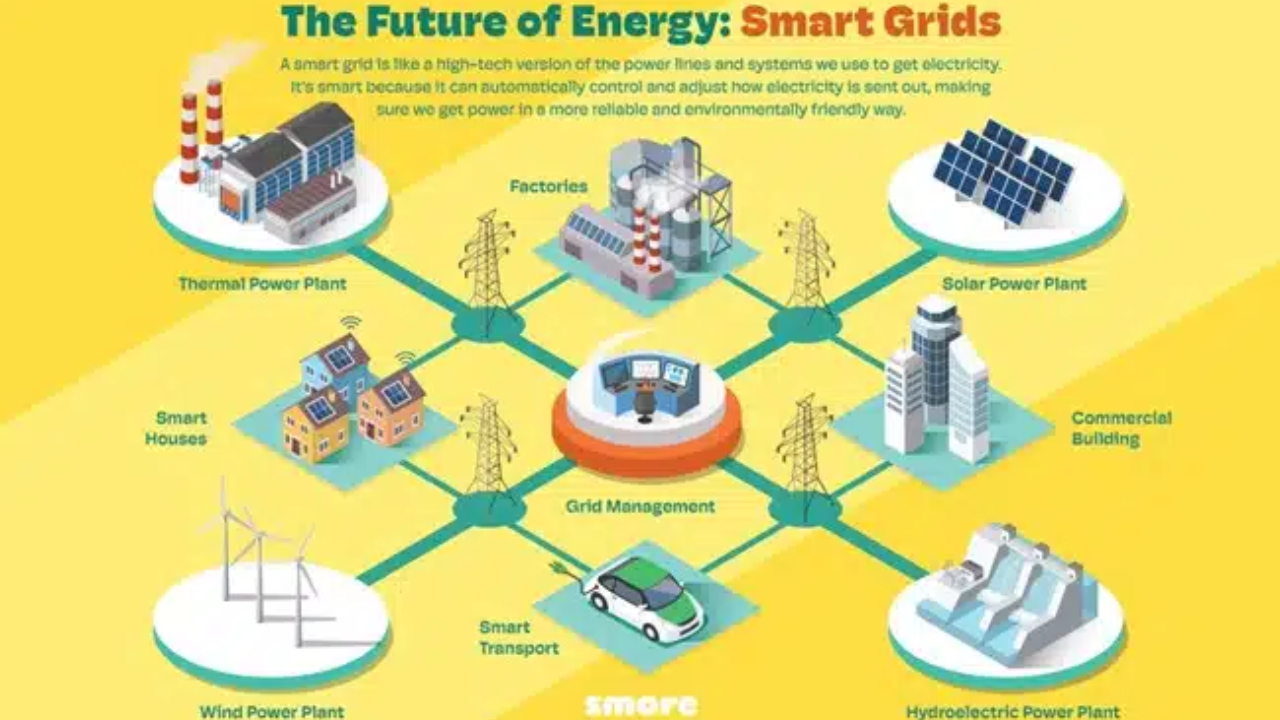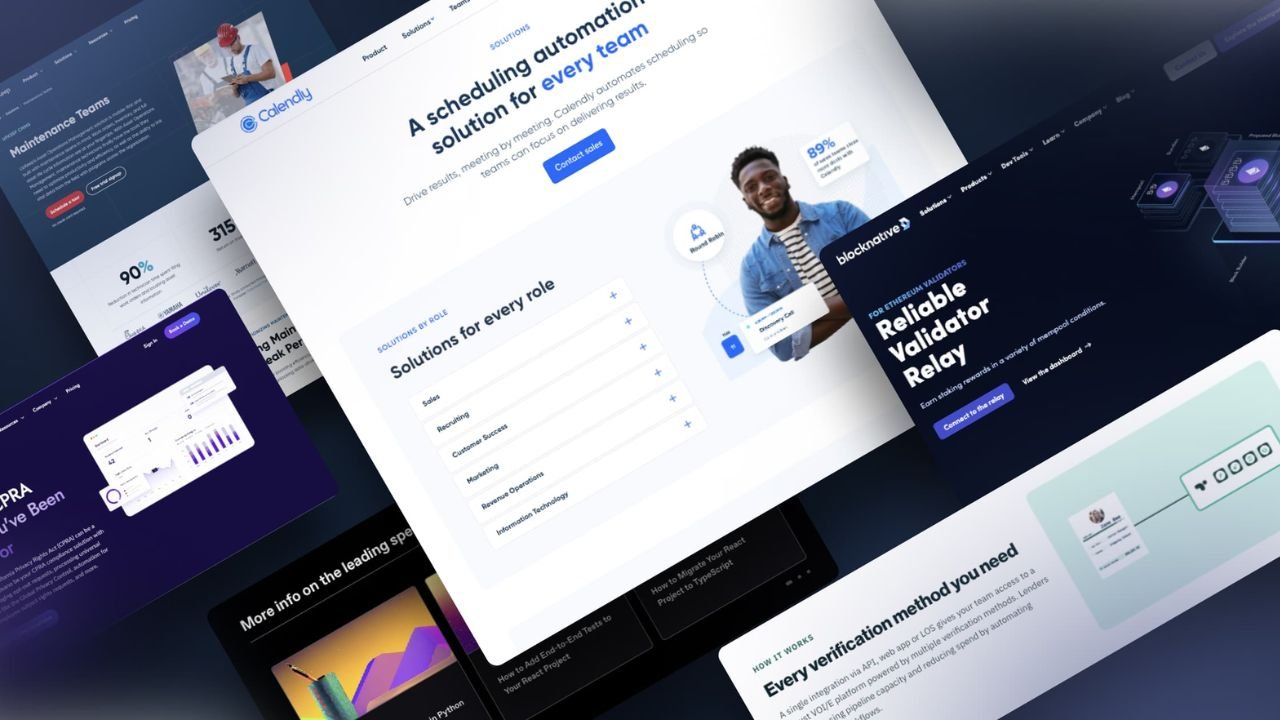The world mobile applications market was estimated to worth US 289.17 billion in 2024 and will most likely rise to the colossus US 1,103.48 billion in the coming 10 years. Such meteoric rise highlights the importance of mobile apps as one of the key technologies of daily life, that drives everything, including AI-based fitness tracking wearables to engaging augmented reality gaming experiences.
All successful mobile apps revolve around the essential features that target the needs of the users as well as the mechanisms present in the market. They are not just any extras added to make the app usable, secure, and attractive. Living in a competitive world where there are millions of choices, such features or the absence of them ultimately decide, whether an app makes it in the market or becomes lost in the crowd.
As a developer with the interests of designing an application in your personal time or as a business owner you may need to develop mobile solutions through apps that will facilitate the business operations with features that will make applications a success in 2025 and beyond then you should read the following article that will highlight the key features that an application has to provide to define the successful application in future.
User-Centric Design
The key to a successful mobile application is the user-oriented design. The intuitive user interface (UI) is at its core, which allows navigate with ease, thus reducing frustration and maximizing engagement. By 2025, designers will need to do more than just be functional and to create UIs that are more visually appealing and highly responsive to the various desires and behaviors of the users that shape them. The navigation system based on gestures, adjustable structures, and flexible fonts will contribute to the simplicity of use of the apps significantly. Simplicity should be the key and this is the fact that the end users should accomplish the objectives of these applications without experiencing a huge learning curve.
The user experience is greatly improved when there is personalization capability. Apps will have to take advantage of data-informed insights delivering personalized recommendations, dynamized insights, and personally timed notifications. As an example, a fitness app could propose exercise plans based on their past activity or an online store could present items that are complementary to the ones bought before. Personalization has been effective in creating a sense of loyalty in the users as they feel understood and appreciated by the system, thus they feel tempted to make a repeat engagement.
Enhanced Security
Improved security becomes a requisite add-on in mobile applications as cyber threats become highly advanced. By 2025, biometric authentication is presumably going to become a common practice that allows users not only to increase the level of security but to make the method convenient as well. Unlike the traditional passwords that are easy to replicate, biometrics are difficult to mimic, reducing significantly the chances that an access may be compromised. They also eliminate the problem of having to memorize complex passwords as they blend easily into the overall user experience contributing to an increased security level of apps without compromising their accessibility.
Another important app security aspect is end-to-end encryption. This system prevents data interception or modification and instills confidence by ensuring privacy of users. Besides ensuring that safe coding methods are employed, developers ought to also perform periodic security audits to identify any vulnerability and curb them in advance.
Easy Integrity With Other Platforms
Even the modern users require a smooth experience in the use of apps on devices and platforms. Developers have to hence consider using responsive designs and also use the framework that is compatible with operating systems. Such a productivity app, an example being, should allow a person to start a task on their phone and then continue it on their laptop and lose no progress in the process. This convenience improves and opens the app to a wider range of people due to this flexibility.
Integration requires API ecosystem which is irreplaceable. APIs enable software to share data with other programs thus creating a seamless digital experience. As an example, an API-supported fitness app can synchronize data with wearable devices, health platforms and social media accounts. The interconnectedness becomes a user empowerment that allows them to access a single ecosystem of services thus improving capabilities of the application and boosting its utility.
AI-Driven Features
Mobile apps get redefined because of artificial intelligence. By the year 2025, intelligent features will become irreplaceable. Let us take the example of chatbots. These transform the customer support and handle a plethora of customer requests including technical support issues and product recommendations over time learning and developing. Chat-bots can improve the response rate and the customer satisfaction levels and provide businesses with a solution that is easy to scale in order to provide an impressive customer service.
Predictive analytics turns AI apps into those that predict the needs of a user and provide unique experiences. Think about listening habits being used by a music streaming service to create a playlist. On the same note, a travel application offers suggestions based on past searches. Predicting user behavior, predictive analytics personalizes the experience, so it is not only that the interactions become applicable but is also interesting to a particular person.
Offline Functionality
Mobile applications need to be useful in the context of unpredictable connection in today or tomorrow. Developers ought to focus on offline features to make sure that their applications would still be effective in any scenario, even in remote areas or in places where the network would be poor.
Another benefit of the app is that it automatically syncs, which allows easy integration of changes made offline in its cloud-based services. An instance can be seen of a project management system where a change in tasks or a file being uploaded is immediately synced once connectivity is restored. Not only does it save the users the trouble of having to update manually, but it also makes data maintained on all the devices identical.
Energy Efficiency and Sustainability
In the era of growth in environmental awareness, sustainability and energy efficiency have become key elements in the mobile app development process. It, therefore, follows that low-battery consumption should be in the priorities of the developers as they optimise code, avoid excessive background, and use energy-efficient algorithms.
Environmental friendly application practices refer to both energy saving and sustainable development mechanism. Developers could use the service of green hosting, minimize data storage requirements, or create applications suggesting a pro-environment attitude.
Accessibility Features
Inclusivity has become one of the pillars of modern app design and the features of accessibility are crucial in the development of apps that are accessible to everyone. The capabilities, including voice command and text-to-speech would be invaluable to the visually impaired or otherwise mobility-challenged. They allow users to move without hands and provide an audio response, therefore, extending the market coverage of these apps. As an example, a GPS application that provides voice instructions in the form of directions is conducive to those with vision impairments and the presence of text-to-speech in a multimedia e-reader enhances the experience of people with dyslexia.
Accessibility features are not only beyond the voice commands, but also accommodate disabled users by using custom font sizes, high-contrast mode, compatibility with screen readers, etc. Developers consider the health of people with hearing problems by moving to include captions on videos and other visual signs of audio notifications. Such extensive policies will ensure nobody is left behind in being incorporated.
Conclusion
Applying user centricity and the idea of usability, security, and the engagement into work, the innovators have to be persistent with users and constantly ask themselves how the project can be useful, safe, and attractive. The developers will think out of the box and would make applications that fulfill the present needs but would also be vigilant enough to stand the demands of the future. The applications with the best results will combine technology and human needs and make them work together creating new experiences smooth, unifying and safe.



